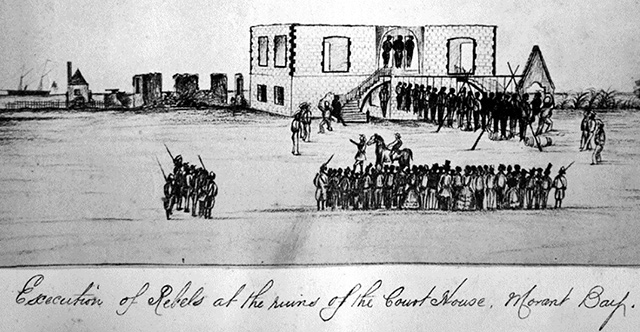Transatlantic slavery – shaping the question, lengthening the narrative, broadening the meaning
Teaching History article

Staying with the shot: shaping the question, lengthening the narrative, broadening the meaning of transatlantic slavery
Nathanael Davies explains his radical rethink of how to teach transatlantic slavery. He explains how he came to question his earlier approach of focusing on the causation of ‘abolition’ and ‘emancipation’ and, instead, allowed scholarship, sources and his own students’ meaning-making to guide him to a different, and much more profound, analytic focus. He explains why a change–continuity angle emerged as more meaningful and sets out why and how he situated the events in a longer-time scale and much broader historical context.
New meaning can be found by staying with a story beyond its conventional end. Not only do we find out more; we begin to review what went before. Film director Alfonso Cuaron is a master of this trick. Deep into his Oscar-winning film Roma we follow our protagonist on what looks like a familiar shopping trip, but soon it turns into something violently unfamiliar. As Cuaron stays with the shot, refusing to cut, we see the whole story anew. Cuaron knows that where you start and end your narrative can determine the story you tell. If we begin our story of the Reformation with Wycliffe’s bible or with the Edict of Worms, we tell a different story from the one that begins with Henry VIII’s ‘great matter’...
This resource is FREE for Secondary HA Members.
Non HA Members can get instant access for £2.49

